Philadelphia, PA lawn care service starting at $19
The easy way to get lawn mowing and more from the top lawn pros in Philadelphia.

How It Works
Book in less than 2 minutes: completely online or over the phone.
Enter Your Address→ See Your Exact Price
In seconds, entirely online.
How We Calculate Your Exact Price
We Know Every Property Is Different
Pools, driveways, garden beds, patios. We understand your property has unique features. We've spent years analyzing millions of properties, perfecting satellite and AI technology that identifies only the areas that actually need service.
This Isn't a Quote. This Is Your Exact Price.
Upfront, transparent pricing. Only 2% of our prices ever need adjustment, and even then, your first service stays at the quoted price.
Pick a Date That Fits
48-hour start time available for 9 out of 10 customers.
Relax, Our Pros Will Handle the Rest
Covered by our Done Right Guarantee. Tell us within 5 days, and we can re-mow or refund.

Total Flexibility, One Tap
No contracts. Cancel, Skip, or Reschedule with one-tap. Don't like their yellow shirt? Swap crews instantly.
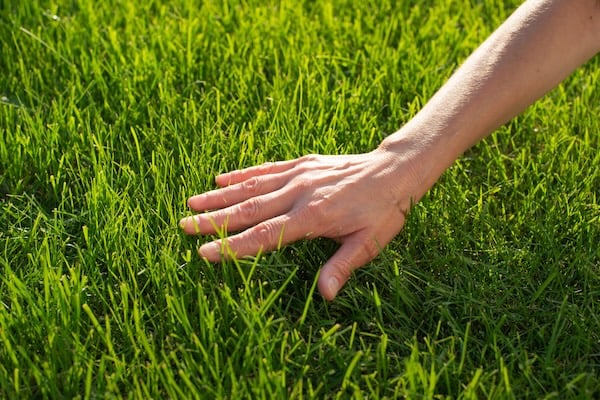
Inspect First, Pay Later
Card won't be charged for 3 full days after service. Time to ensure you're 100% satisfied with the work.
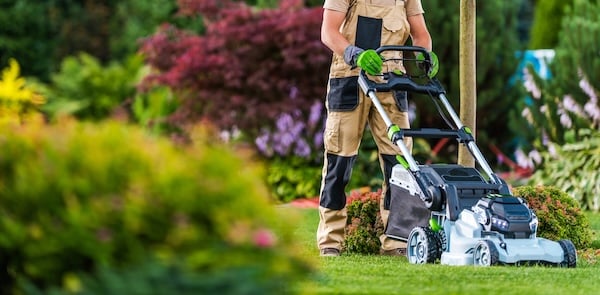
Only the Top 3% of Pros
Just 1 in 30 pros pass our vetting & background check.
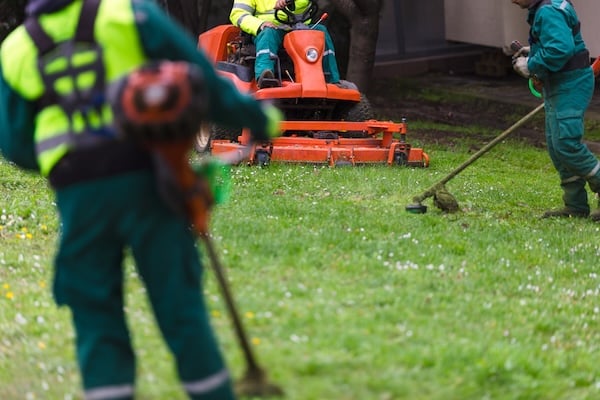
Your Complete Outdoor Team
Your regular pro for maintenance & cleanups. Licensed specialists for treatments. 25 services, 1 app.
Tell us within 5 days if anything’s off and we’ll re-mow or refund. 95% of our services satisfy the customer. For the other 5%, our guarantee kicks in. Every visit is backed by $2 million in property protection.
How LawnStarter works
Get started in under 5 minutes

View Pricing

Choose your service date

Let our pros do the work
How It Works
Book in less than 2 minutes: completely online or over the phone.
Enter Your Address→ See Your Exact Price
In seconds, entirely online.
How We Calculate Your Exact Price
We Know Every Property Is Different
Pools, driveways, garden beds, patios. We understand your property has unique features. We've spent years analyzing millions of properties, perfecting satellite and AI technology that identifies only the areas that actually need service.
This Isn't a Quote. This Is Your Exact Price.
Upfront, transparent pricing. Only 2% of our prices ever need adjustment, and even then, your first service stays at the quoted price.
Pick a Date That Fits
48-hour start time available for 9 out of 10 customers.
Relax, Our Pros Will Handle the Rest
Covered by our Done Right Guarantee. Tell us within 5 days, and we can re-mow or refund.

Total Flexibility, One Tap
No contracts. Cancel, Skip, or Reschedule with one-tap. Don't like their yellow shirt? Swap crews instantly.

Inspect First, Pay Later
Card won't be charged for 3 full days after service. Time to ensure you're 100% satisfied with the work.

Only the Top 3% of Pros
Just 1 in 30 pros pass our vetting & background check.

Your Complete Outdoor Team
Your regular pro for maintenance & cleanups. Licensed specialists for treatments. 25 services, 1 app.
Tell us within 5 days if anything’s off and we’ll re-mow or refund. 95% of our services satisfy the customer. For the other 5%, our guarantee kicks in. Every visit is backed by $2 million in property protection.
Why LawnStarter?
Happy customers all over Philadelphia

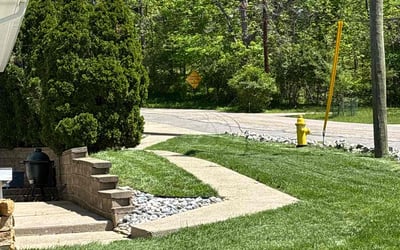
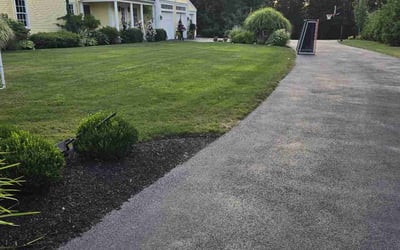
Philadelphia, PA - Dec 8, 2025
Local Lawn Care Facts & Resources
Lawn tip of the week
Did you know? There are approximately 50 million acres of grass in the United States. Approximately 21 million of those acres are in our front and back yards.
Resources
Native Plants to Philadelphia
Dwarf Cinquefoil
Asiatic Dayflower

White Morning-Glory

Orange Daylily

Smooth White Beardtongue

Lawn Care Facts
| Average Yard Size | 6,896 sq ft |
| Average Mowing Price | $43.59 |
| Weekly Cuts | 43% |
| Biweekly Cuts | 29% |
| Monthly Cuts | 28% |
| Lawns Fertilized | 13% |
| Lawns with Leaf Removal | 1% |
| Aerated Lawns | 14% |
| Yards with Cleanups | 7% |
| Days That Are Sunny | 6% |
Take your lawn on the go.
An app for lawn care, seriously? You betcha! Stay up‑to‑date on your lawn wherever you go.

Easy, Affordable Lawn Care Services in Philadelphia
Philadelphia’s wild and unpredictable weather demands professional lawn care, and LawnStarter offers just that with affordable services for mowing, trimming, and edging your yard into a picture-perfect lawn.
Four Seasons Landscaping and Lawn Care: Lawn care is a never-ending job in Philadelphia, where each change of season involves a change in lawn care needs. We’ll keep your lawn in check during the rainy summers and the snowy winters. Our professionals will prep your lawn in the fall with aeration, fertilization, leaf removal, and seeding to encourage a green and healthy spring lawn. We’ll guard your lawn against pests, weeds, and diseases all year long.
Common Lawn Pests: Crane flies, chinch bugs, white grubs, fire ants, and caterpillars are some of the primary lawn pests lurking above the ground or deep down in roots.
Common Lawn Diseases: Grass diseases such as brown patch, dollar spot, gray snow mold, red thread, powdery mildew, and leaf spot are some harmful lawn diseases that landowners should vigilantly watch out for.
Best Grass Types for Philadelphia: These include Kentucky bluegrass, perennial ryegrass, and tall fescue.
How Often Should You Mow Your Lawn? For the best-looking lawn, we recommend mowing your Philadelphia lawn every 6-7 days between April to October.
Whether you are located in Washington Township, Wayne, Warminster, or anywhere in between, LawnStarter is your one-stop shop for lawn care services. From bush trimming to gutter cleaning to tree care and stump removal, LawnStarter has you covered.
Call to get an instant quote today. Let our pros' green thumbs keep your yard green.
Meet some of our top Philadelphia lawn care pros



Recent Reviews
We encourage feedback from all customers to ensure we are delivering the best service possible.
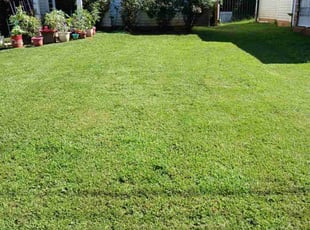
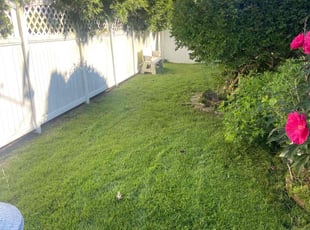


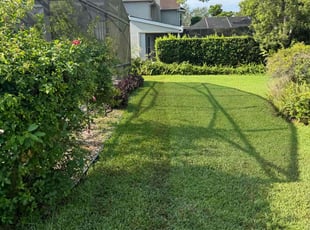
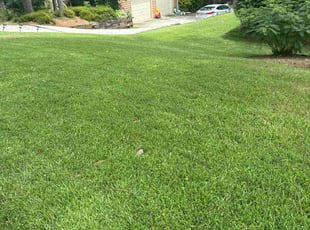

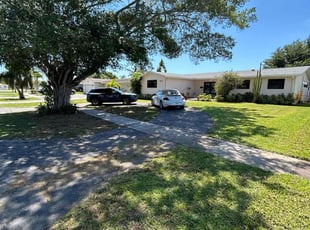

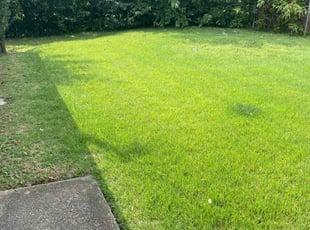
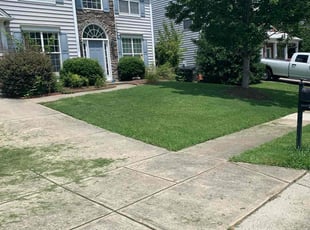

Service Recommendations in Philadelphia
LawnStarter pros will let you know what your lawn needs. Here are some recent recommendations for lawn care services in Philadelphia, PA.
Pro Recommendation for Leaf and Debris Removal
Pro Recommendation for Flower Bed Weeding
Pro Recommendation for Yard Cleaning
Pro Recommendation for General Landscape Improvements
Pro Recommendation for General Landscape Improvements
Pro Recommendation for Flower Bed Weeding
Top Philadelphia, PA Lawn Services of December 2025












